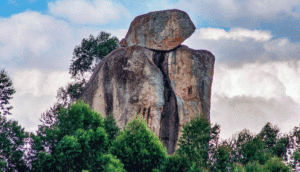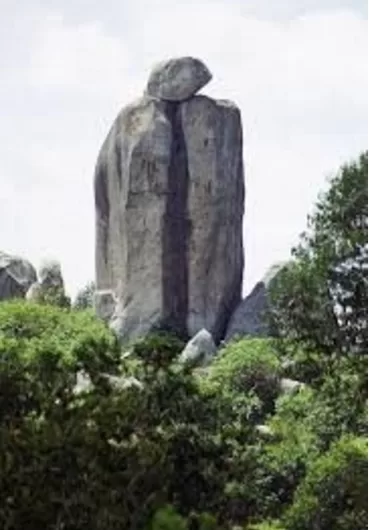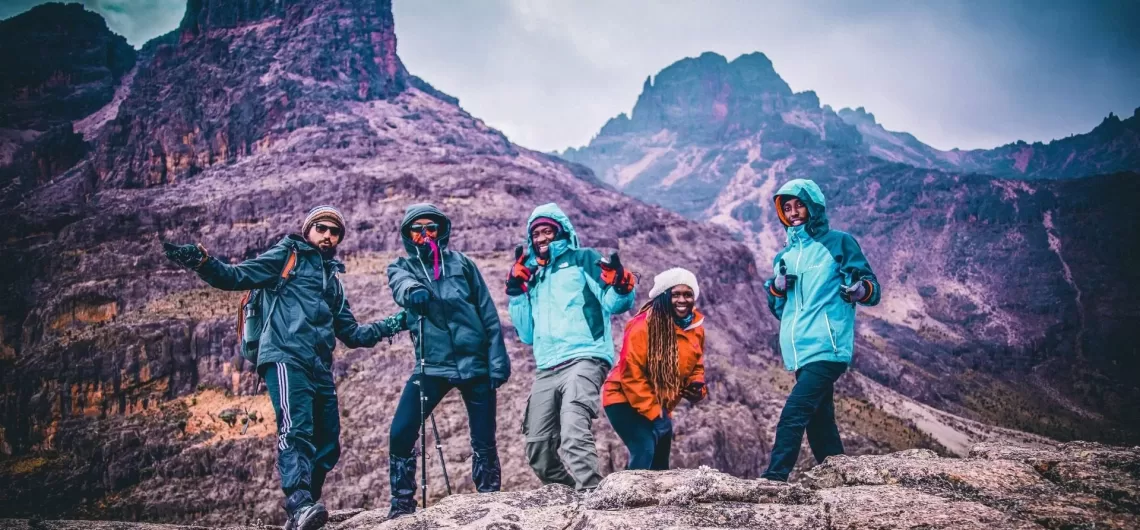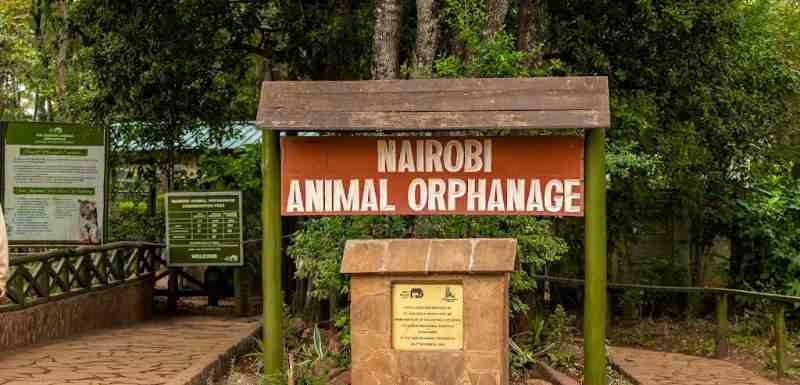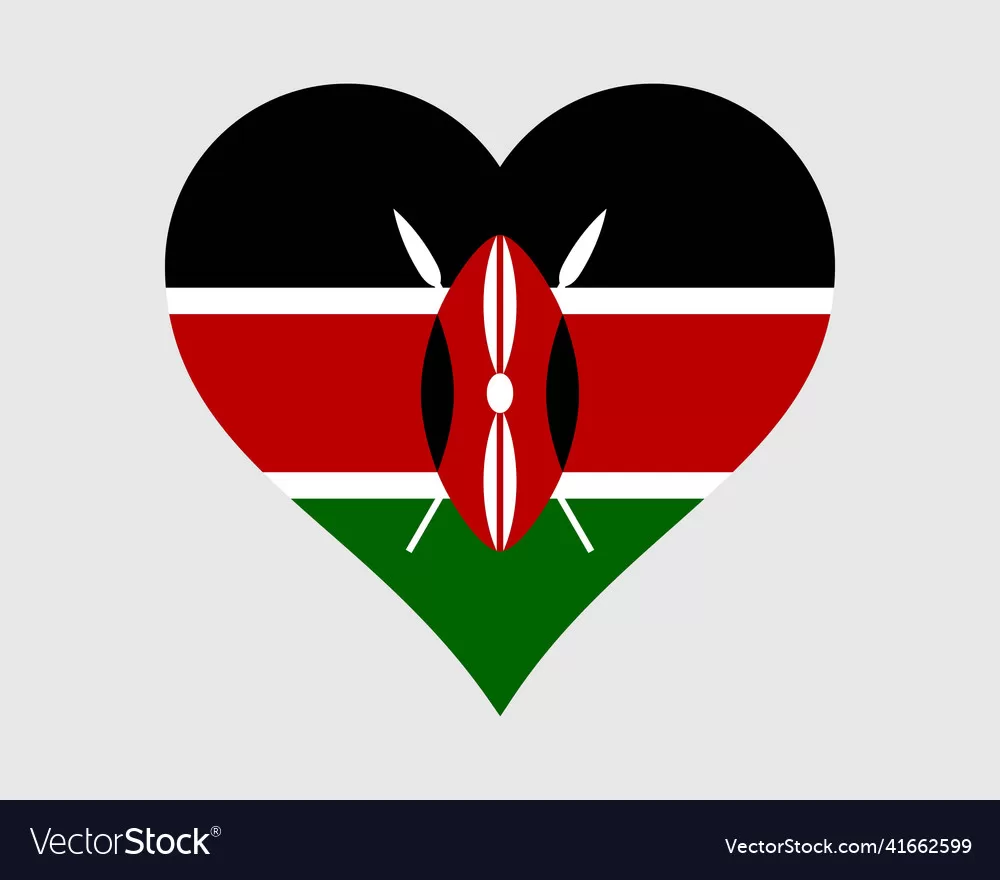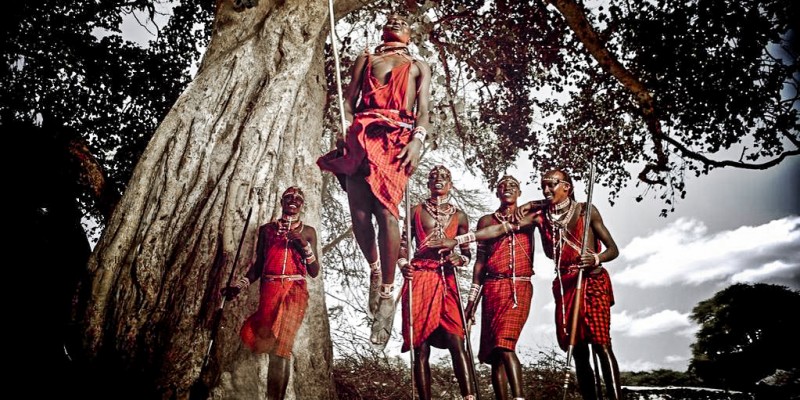Maasai Meaning Masaai people's lifestyle concentrates on their cattle which make up the primary source of food. Amongst the Maasai, the measure of a man's wealth is in terms of children and cattle. They believe that a man who has plenty of cattle but not many children are considered to be poor and vice versa. Masaai means people speaking maa. The Masaai have always been special. Their bright red blankets set them piecemeal visually. Spear in hand, they're calm and valorous anyhow of the peril. Masaai Community One of the notorious lines of Africa, the vagrant and pastoralist Maasai people are a Nilotic ethnical group inhabiting named but a large corridor of northern, central, and southern Kenya and across the border in northern Tanzania as well. The Masaai are in part the better-known ethical people in East Africa due to their traditional origins from areas girding Masai Mara Game Reserve and Amboseli near the Tanzania border. The Masaai speak a language known as Maa and their participated Nilotic origins link them in colorful ways to the Kalenjin lineage of Kenya which is notorious for producing some of the most stylish long-distance runners in the world. The Maasai have a plenitude of unique characteristics in their culture and some of these have been listed below, including their dress, diet, and way of life. The fortified British colors who drove the Maasai from their lands in the early 20th century had great respect for these intrepid tribesmen. Up until lately, the only way for a Maasai boy to achieve legionnaire status was to single-handedly kill a captain with his shaft. Masaai History The Maasai were the dominating lineage since the 20th century. They're one of the veritably many tribes who have retained utmost of their traditions, life, and lore. In common with
Maasai Meaning
Masaai people’s lifestyle concentrates on their cattle which make up the primary source of food. Amongst the Maasai, the measure of a man’s wealth is in terms of children and cattle. They believe that a man who has plenty of cattle but not many children are considered to be poor and vice versa.
Masaai means people speaking maa. The Masaai have always been special. Their bright red blankets set them piecemeal visually. Spear in hand, they’re calm and valorous anyhow of the peril.
Masaai Community
One of the notorious lines of Africa, the vagrant and pastoralist Maasai people are a Nilotic ethnical group inhabiting named but a large corridor of northern, central, and southern Kenya and across the border in northern Tanzania as well.
The Masaai are in part the better-known ethical people in East Africa due to their traditional origins from areas girding Masai Mara Game Reserve and Amboseli near the Tanzania border.
The Masaai speak a language known as Maa and their participated Nilotic origins link them in colorful ways to the Kalenjin lineage of Kenya which is notorious for producing some of the most stylish long-distance runners in the world.
The Maasai have a plenitude of unique characteristics in their culture and some of these have been listed below, including their dress, diet, and way of life.
The fortified British colors who drove the Maasai from their lands in the early 20th century had great respect for these intrepid tribesmen. Up until lately, the only way for a Maasai boy to achieve legionnaire status was to single-handedly kill a captain with his shaft.
Masaai History
The Maasai were the dominating lineage since the 20th century. They’re one of the veritably many tribes who have retained utmost of their traditions, life, and lore. In common with the wildlife with which they co-occur, the Maasai need a lot of lands.
Unlike numerous other tribes in Kenya, the Maasai are semi-nomadic and pastoral they live by driving cattle and scapegoats. The Masaai haven’t fared well in ultramodern Africa. Until the European settlers arrived, fierce Maasai lines enthralled the richest lands.
The Maasai plodded to save their home, but their pikestaffs were no match for fortified British colors, and their attorneys noway had a fair chance in British courtrooms. In 1904, the Maasai inked the first agreement, losing the stylish of their land to the European settlers.
Masaai Agreements with British
Seven times latterly, in 1911, a veritably controversial agreement was inked by a small group of Maasai, where their stylish Northern land( Laikipia) was given up to white settlers.
Surely they didn’t completely understand what the consequences of such a convention were, and anyway, the signatories didn’t represent the entire lineage.
With these two covenants, the Maasai lost about two-thirds of their lands and were dislocated to the lower rich corridor of Kenya and Tanzania.
Masaai wedding ceremony
Masaai Traditions.
For Maasai people living a traditional way of life, the end of life is virtual without a formal funeral ceremony, and the dead are left out in the fields for scavengers. Burial has in the past been reserved for great chiefs only since it is believed by the Maasai that burial is harmful to the soil.
Maasai Shelter
The Masaai people, historically nomadic people, have traditionally relied on readily available materials and indigenous ways to construct their unusual and interesting housing.
A house or hut is called enkaji in Maa-language. The houses are either circular or loaf-shaped and are made by women. Their villages are enveloped in a circular Enkang (fence) built by the men and this protects their cattle at night from wild animals.
Masaai Traditional Hut With Cow Dung Plaster.
Masaai Culture
Traditional Masaai people’s lifestyle concentrates on their cattle which make up the primary source of food. Amongst the Maasai, the measure of a man’s wealth is in terms of children and cattle. They believe that a man who has plenty of cattle but not many children are considered to be poor and vice versa.
A Masaai myth says that God afforded them all the cattle on earth, resulting in the belief that rustling from other tribes is a matter of claiming what is rightfully theirs, a practice that has now become much less common.
Maasai Religion
The Masaai people are monotheistic, and their God is named Engai or Enkai, a God who is mostly benevolent and who manifests himself in the form of different colors, according to the feelings he is experiencing.
Said colors have precise meanings: black and dark blue mean that God is well-disposed towards men; red, on the other hand, is identified with God’s irritation. Enkai has two manifestations:
Enkai-Narok, the Black God, good and beloved, brings grass and prosperity.
He is found in thunder and rain. Enkai-na-Nyokie, the Red God, vengeful, brings famine and hunger. He is found in lightning and is identified with the dry season.
Maasai Clothing
Clothing varies by sex, age, and place. Young men wear black for several months after their circumcision. Although, red is a favored color among the Maasai. Black, Blue, checked and striped cloth is also worn, together with multi-colored African garments.
In the 1960s the Maasai began to replace sheepskin, calf hides, and animal skin with more commercial material. The cloth used to wrap around the body is called Shúkà in the Maa language.
The Maasai women regularly weave and bead jewelry, which plays an essential part in the ornamentation of their bodies. Ear piercing and the stretching of earlobes are also part of Maasai beauty, and both men and women wear metal hoops on their stretched earlobes.
